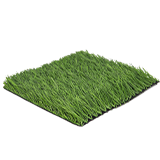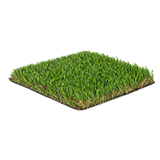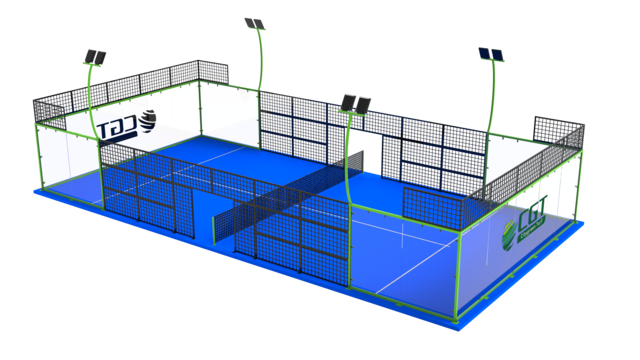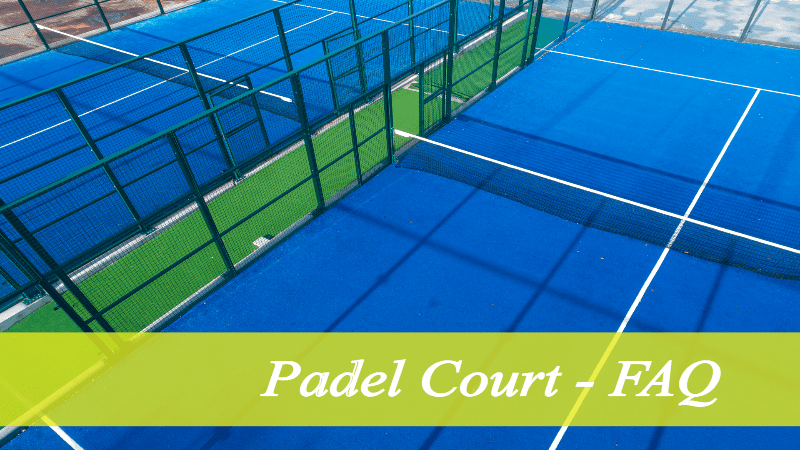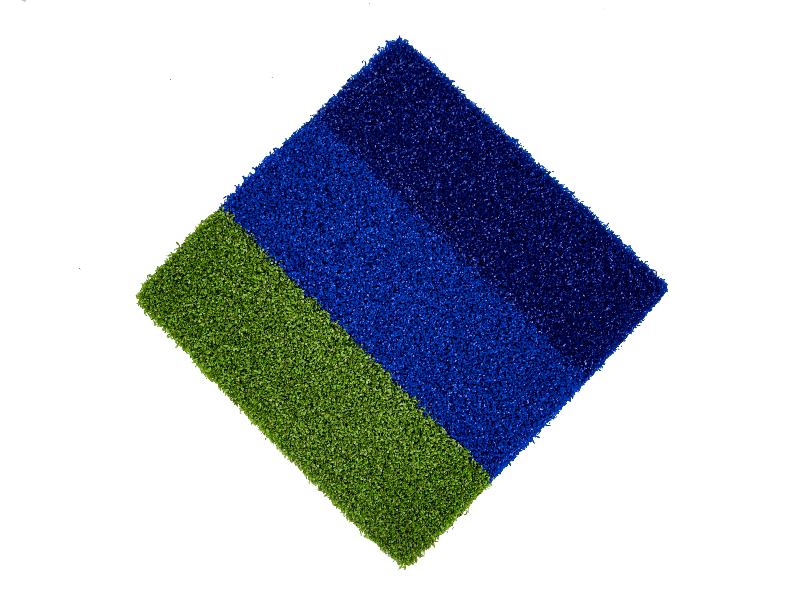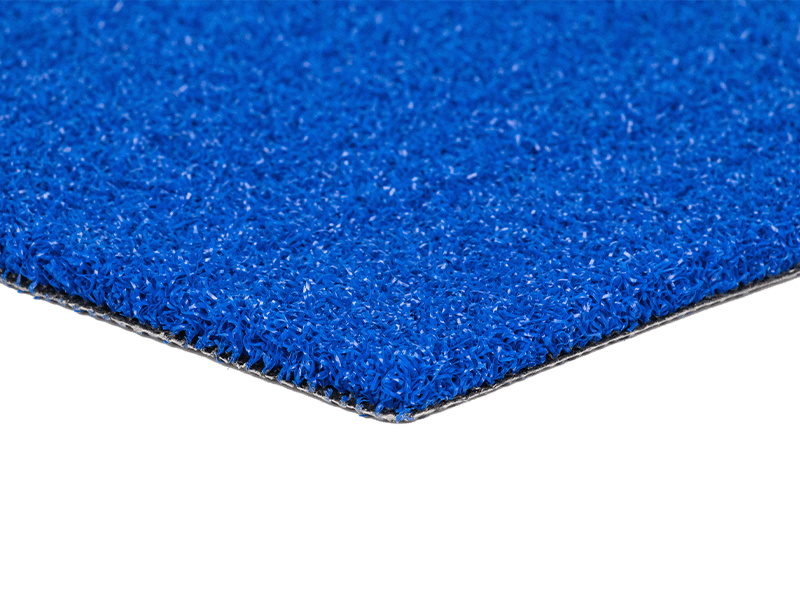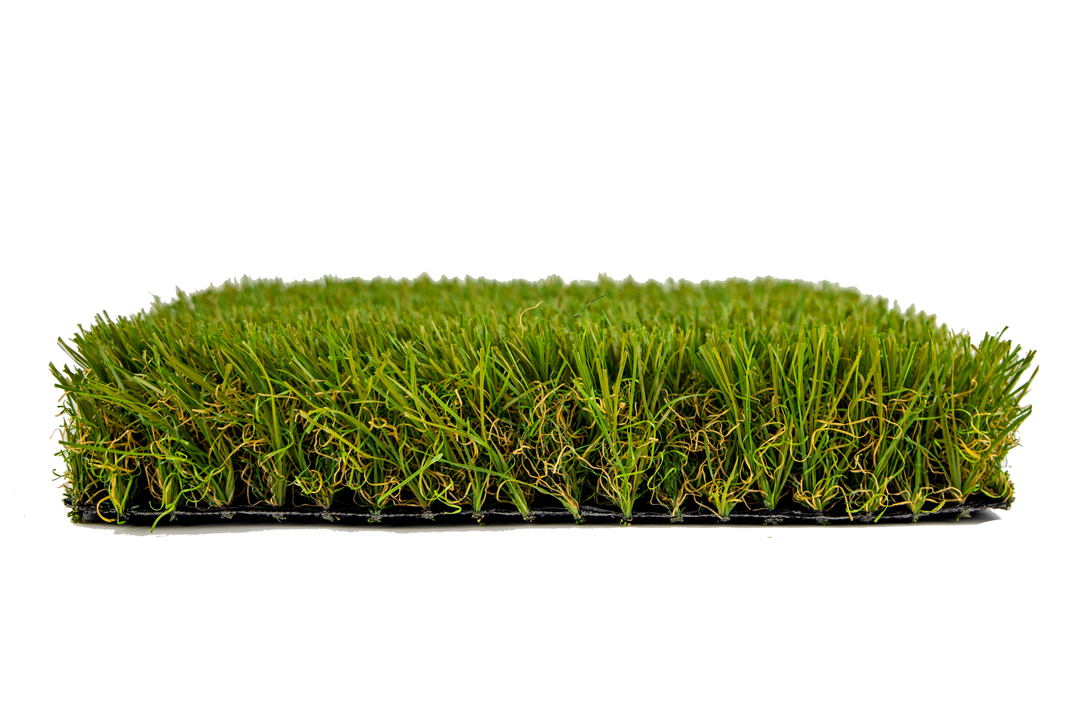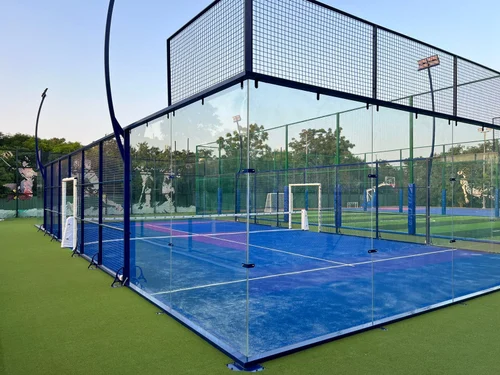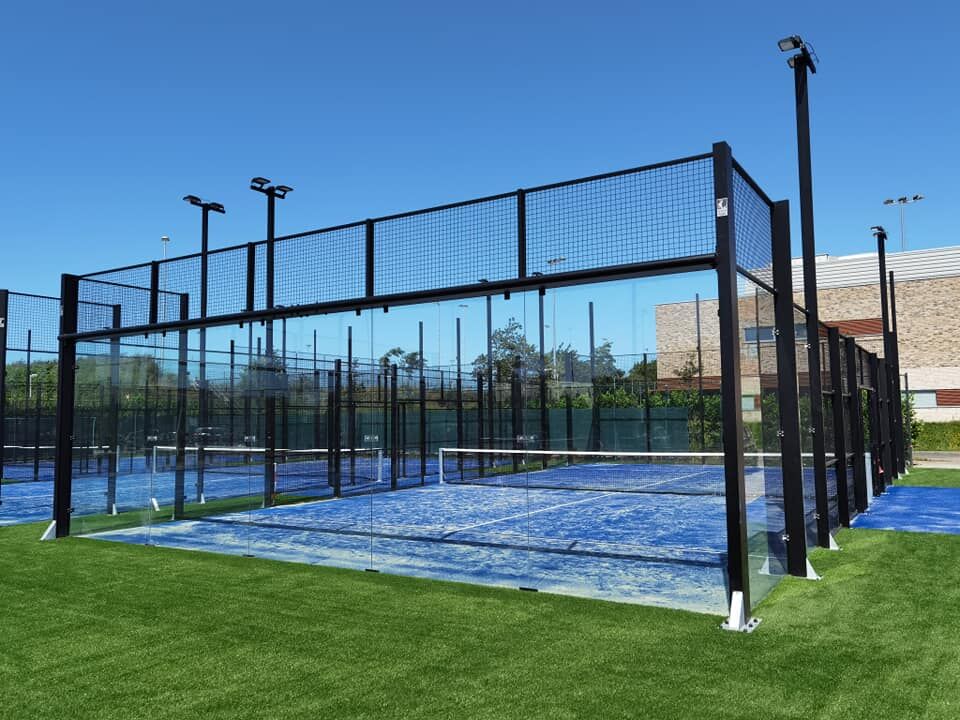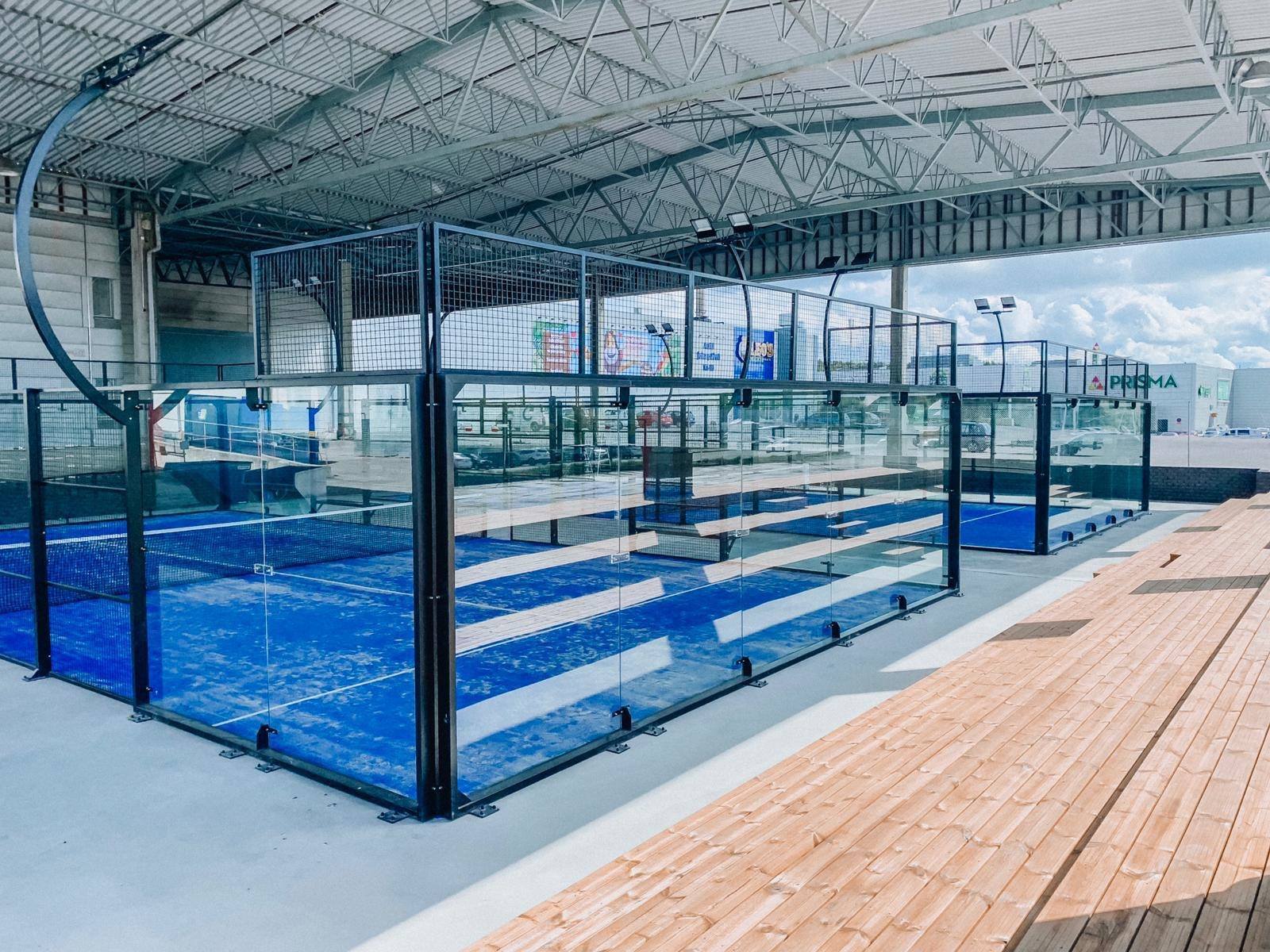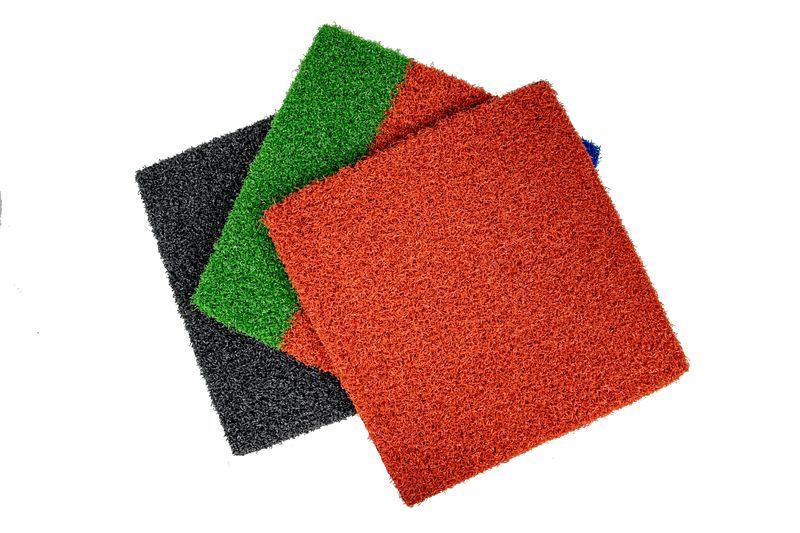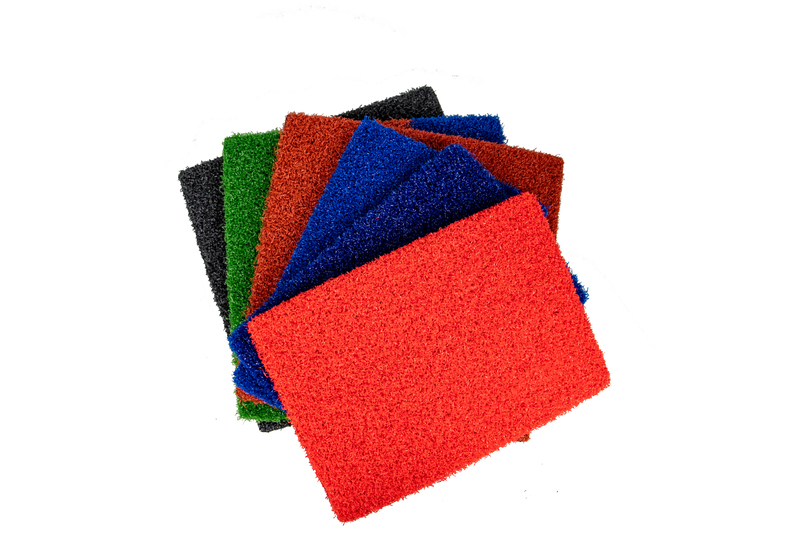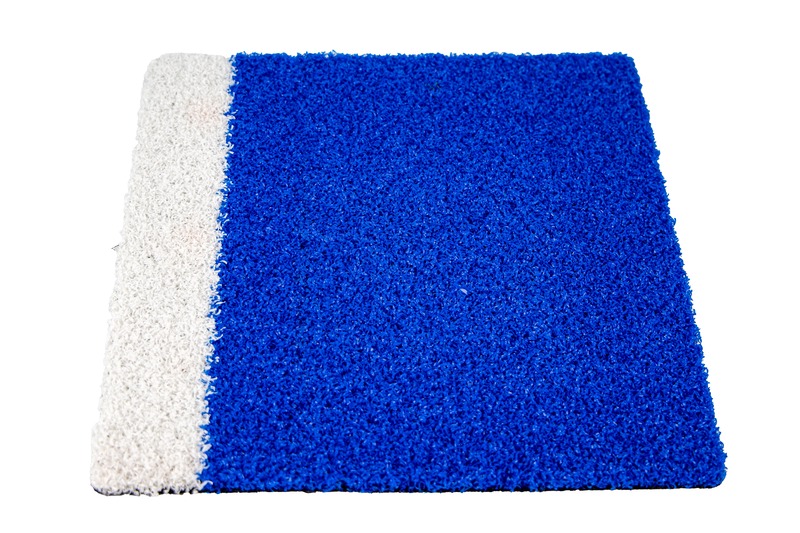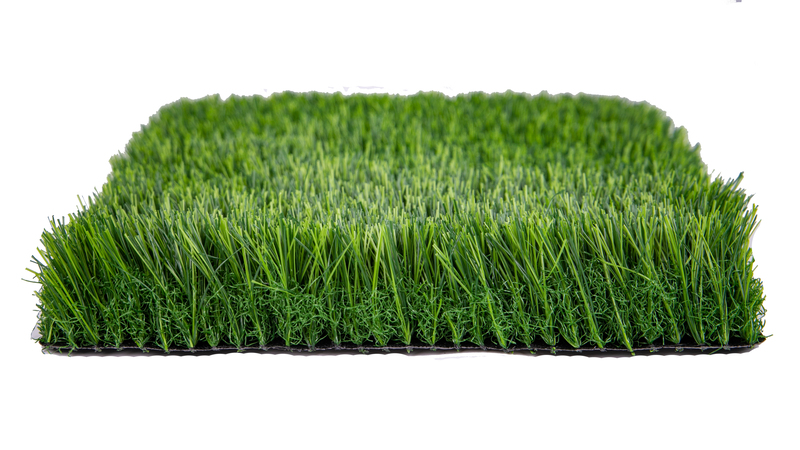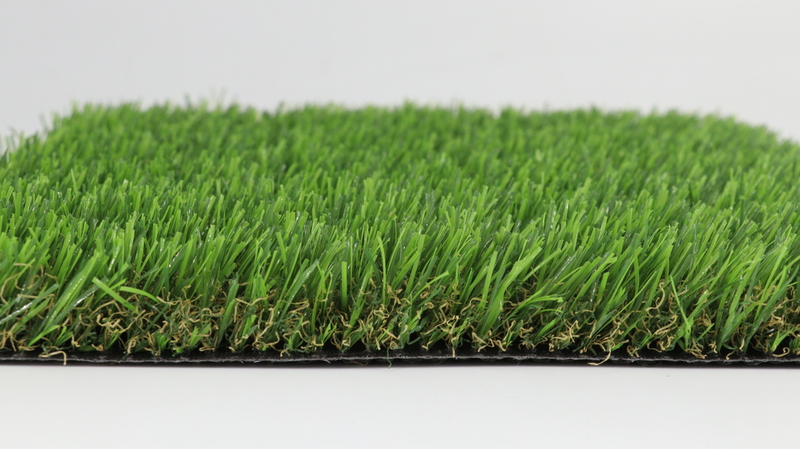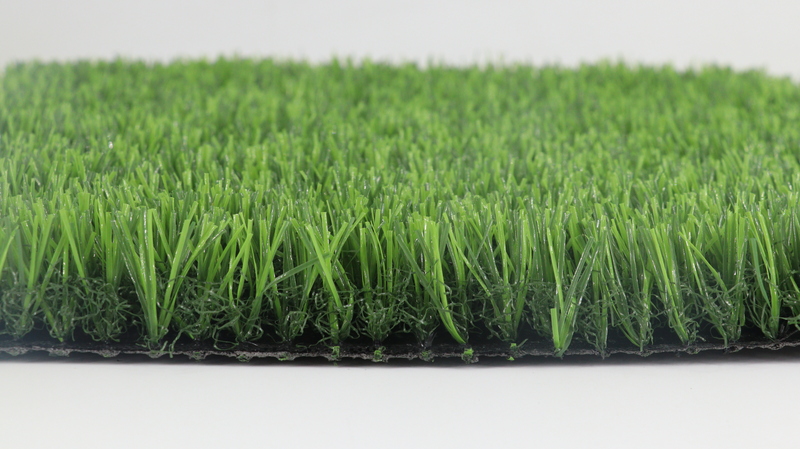Padel has seen a surge in popularity worldwide, captivating recreational players and competitive athletes alike, and with that growth comes the demand for high-quality padel court installations. Padel Court artificial grass has become the go-to choice for many padel clubs and facilities.
In this article, we'll answer frequently asked questions about padel courts, including the size, construction details, and, importantly, the best synthetic turf for padel fields. Whether you're setting up a new facility or upgrading an existing one, this guide will provide you with all the essential information you need.
1. What Is the Size of a Padel Court?
A standard padel court measures 20 meters in length and 10 meters in width, as per the International Padel Federation (FIP) regulations. The court is enclosed by walls, with the end and corner walls standing at 4 meters high, while the side walls are 3 meters high.
To accommodate a padel court comfortably, you'll need a minimum space of 11 meters by 21 meters. It's important to leave an additional 0.5 meters on each side for proper clearance, ensuring safe movement during fast-paced games.
2. What's the Difference Between Tennis and Padel Courts?
While padel and tennis courts have some similarities, there are distinct differences. Padel courts are around 25% smaller than tennis courts, and the game is typically played in a doubles format with four players, which contributes to the smaller court size.
Additionally, padel courts feature glass and mesh walls, which are used for rebounds and affect gameplay strategy. Unlike tennis, which is played on an open field, padel courts have walls around the perimeter, adding a unique dynamic to the sport.
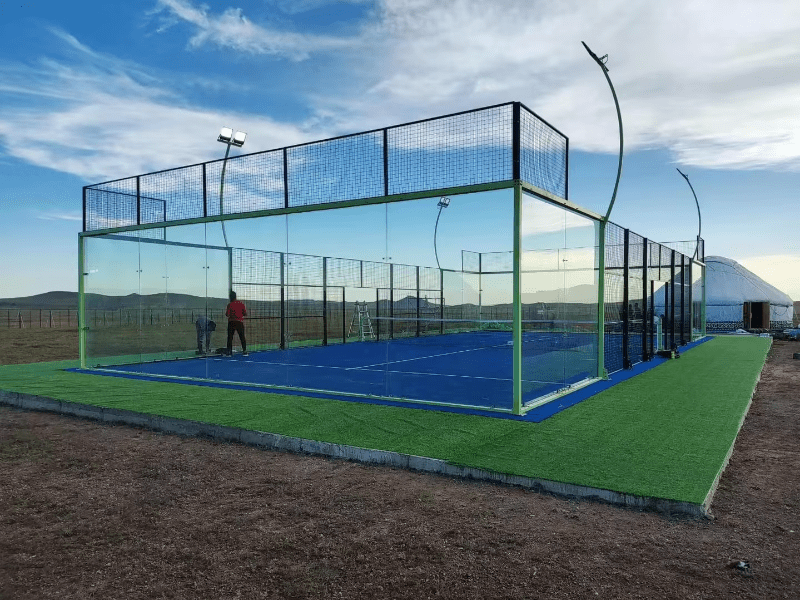
synthetic turf for padel fields
3. What are the options for glass panels, and how should I choose them?
When constructing a padel court, the glass panels are a crucial component, both for safety and aesthetics. The International Padel Federation (FIP) has set specific regulations regarding glass panel thickness, ensuring the panels are strong enough to withstand impacts. The most common options include:
- * 10mm Tempered Glass: This is the most economical choice, but it is prone to breakage and fragmentation. It's commonly used for standard or classic courts.
- * 12mm Tempered Glass: Offering better safety than the 10mm glass, this option is ideal for both standard and super-panoramic courts. It provides a balance of cost and safety.
- * 6+6mm Laminated Glass: This is the safest choice, consisting of two 6mm sheets of glass bonded with an adhesive film. It is used on all types of padel courts and ensures maximum durability and safety.
Choosing the right glass depends on your budget, safety concerns, and the type of padel court you wish to install.
4. Is the Court Resistant to Corrosion?
Yes, padel courts are designed to be resistant to corrosion. The steel components, such as mesh panels, columns, and supporting tubes, are treated with hot-dip galvanization and electrostatic zinc powder coating, making them highly resistant to rust and weather damage. This ensures that your padel court remains in excellent condition for years, even in harsh outdoor conditions.
By choosing corrosion-resistant materials, you can minimize maintenance and extend the lifespan of your padel court, saving you both time and money.
5. What Is the Total Cost of a Turnkey Full-court System?
The cost of a full-turnkey padel court system can vary significantly depending on several factors, including the quality of materials and components, the competition level, your geographic location (shipping, transportation, labor), and the level of sub-base preparation. Also, synthetic turf for padel fields and other materials like glass, frames, and flooring contribute to the overall cost.
To get an accurate cost estimate, it's best to consult with a professional padel court artificial grass supplier in advance, who can provide a customized quotation based on your specific needs and location.
6. How Many Courts Can Be Loaded in One Container?
Shipping padel court components in bulk can be cost-effective. A 40HQ container can hold the components for up to four complete padel courts. This includes all essential parts like the padel court artificial grass, glass panels, and structural components.
If you need fewer courts, a 20GP container can accommodate two full courts. Shipping multiple courts in a single container can help reduce transportation costs, making it a more cost-effective option for large-scale installations.
7. What Are the Common Sub-base Options for Padel Courts?
A stable and durable sub-base is crucial for the durability and performance of your padel court. It should be compatible with padel court artificial grass, providing a smooth surface that allows the synthetic turf to perform optimally.
The most common options are asphalt and concrete, which provide a stable foundation for the court. These materials ensure solid compaction, leveling, and drainage, preventing uneven surfaces and damage over time. A well-prepared sub-base also ensures a smoother playing experience, improving the overall quality of the game.
8. What Type of Turf Is Used for Padel Courts?
When it comes to the playing surface of a padel court, padel court artificial grass is the most common and ideal choice. This specialized synthetic turf is designed to replicate the look and feel of natural grass while offering improved durability and low maintenance. The fibers used in synthetic turf for padel fields are carefully woven to create a surface that provides excellent grip, allowing players to make fast, fluid movements without slipping.
The synthetic turf used on padel courts is engineered to withstand heavy foot traffic, extreme weather, and intense play, ensuring that your court remains in top condition for years. High-quality artificial grass for padel courts guarantees uniform bounce and consistency, which is essential for a great playing experience. Additionally, synthetic turf requires far less maintenance than natural grass, reducing the long-term upkeep costs.
For those looking to add synthetic turf for padel fields, it's crucial to choose high-quality materials to ensure optimal performance, durability, and player safety.
High-quality synthetic turf for padel court
9. Why Should I Choose Padel Court Artificial Grass?
When it comes to creating a padel court, one of the most important decisions is the choice of surface. Padel court artificial grass is the most commonly used surface for padel fields, offering numerous advantages:
- - Durability: Unlike natural grass, synthetic turf for padel fields can withstand heavy foot traffic and environmental wear without deteriorating. This makes it an ideal solution for outdoor padel courts.
- - Low Maintenance: One of the most significant benefits of artificial grass is that it requires minimal maintenance compared to natural grass. No mowing, watering, or fertilizing is needed, saving both time and money.
- - Consistent Playability: Padel court artificial grass ensures a uniform playing surface, providing consistent bounce and ball roll throughout the entire court. This helps maintain fairness in competitive play, as the surface won't change due to weather or foot traffic.
- - Weather Resistance: Synthetic turf is designed to endure various weather conditions. Whether it's intense heat or heavy rain, synthetic turf for padel fields remains durable and playable all year round.
Choosing high-quality artificial grass for padel courts will ensure the longevity of your court, while offering the players a top-notch experience.
Conclusion
Installing a padel court involves careful planning and attention to detail, from selecting the right court size to choosing the best materials. The standard court dimensions, the choice of corrosion-resistant materials, and durable glass panels are essential considerations. Additionally, the surface you choose—especially padel court artificial grass—plays a significant role in the court's performance and longevity.
Investing in high-quality, durable synthetic turf for padel fields not only improves the aesthetics of the court but also enhances a consistent and enjoyable experience for players while minimizing ongoing maintenance. If you're looking to create the ideal padel court, make sure to choose premium artificial grass for padel courts to enjoy long-term benefits.
For more information and a customized quotation, feel free to reach out to us at sales@city-green.com for a free quote!

